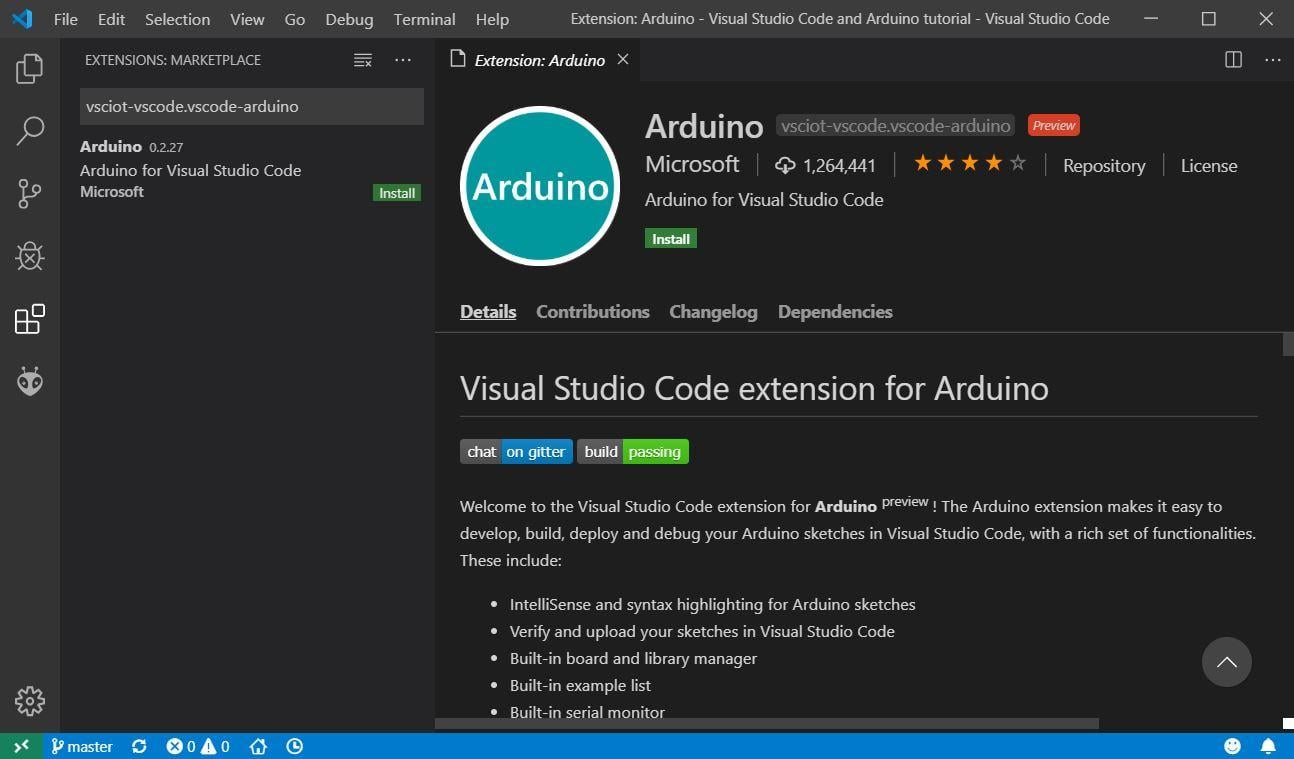- Hello arduino forum, my question seems to be a basic principle - but i nowhere found the answer so far: is it possible to download the current code from an arduino board to the pc – is there a workaround? (i lost the code i uploaded some time ago and i need a exact copy of the existing for a second installation) thanks and best sebastian.
- This lets you send commands wirelessly to your Arduino from the computer, either using the serial monitor in the Arduino IDE or your own applications if you want to code your own. For this guide, we’ll show how to turn an LED connected to the Arduino on and off using typed commands from a Windows computer.
If you have multiple applications open in Windows, you may want one to be louder than the other, but what if you want to adjust levels with physical sliders like an actual DJ? If that sounds interesting, check out this controller by “Aithorn.”
For a complete list of VS Code shortcuts for Windows, Mac OS X or Linux, check the next link: VS Code Keyboard Shortcuts Reference. In this tutorial you’ve learned how to install and prepare Visual Studio Code to work with the ESP32 and ESP8266 boards. In this article, the serial port name / number is determined programmatically using the Processing language. This means that an application written in Processing is used to find and display the computer port name that Arduino or other USB serial device is plugged into. This application has been tested on both Windows and Linux. In the setup portion of the Arduino code, I have it call a setupComms method, this method simply prints an 'A' until it receives an 'a'. Once 'a' is received it jumps to the main loop function. So the C# portion checks each available port for 'A' and if 'A' is found we know that we have opened the port to the Arduino!


The device uses an Arduino Nano to read signals from each slider and pass this info over to the computer. A Python script, along with a VBScript helper, runs on the PC to control the master and program-specific volumes.
Code for the project, which was actually written by Omri Harel, is available on GitHub. You can see the original version of it the video below, working its magic on a shoebox stand. Print files for Aithorn’s new enclosure can be found here.
